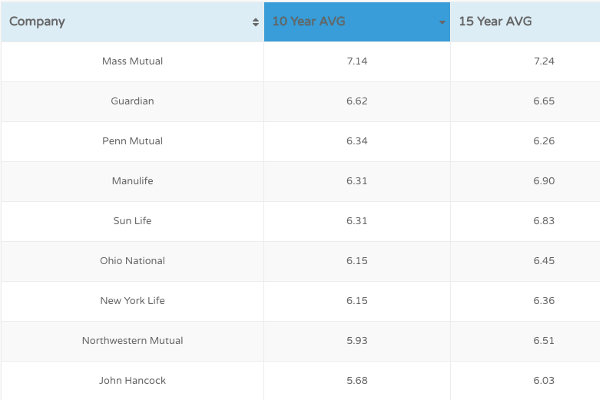State Farm Life Insurance provides financial protection and peace of mind to policyholders and their beneficiaries. However, many people wonder what happens to their State Farm life insurance policy after they pass away. In this in-depth guide, we will explore the process and steps involved in handling a State Farm life insurance policy after the policyholder's demise.
Click below to get a Quote Now
Get Me A Quote
Please consult with a State Farm representative or a financial advisor for personalized guidance and assistance in handling your specific policy. State Farm's goal is to make this process as straightforward as possible, offering support to beneficiaries during their time of need.
Click below to get a Quote Now
Get Me A Quote
The Initial Steps
- Notification: When the policyholder passes away, the first step is to inform State Farm. The beneficiary or the policyholder's family should contact the State Farm claims department. You will need to provide a copy of the death certificate and other relevant documents.
- Claim Form: State Farm will provide a claim form, which the beneficiary or the policyholder's family needs to fill out. This form gathers essential information and ensures that the claim process moves forward.
Review and Processing
- Verification: State Farm will verify the information provided, including the cause of death, policy details, and beneficiary information. This step is crucial to prevent fraud and ensure that the claim is valid.
- Beneficiary Verification: State Farm will confirm the identity of the beneficiary, ensuring that they are the rightful recipient of the policy's death benefit.
Payout and Options
- Payout Options: Once the claim is approved, State Farm offers various payout options for the death benefit. Beneficiaries can choose to receive the proceeds as a lump sum, an annuity, or in installments. Each option has its own tax implications and should be carefully considered.
- Income Tax: Generally, the death benefit from a life insurance policy is not subject to income tax. However, it's essential to consult with a tax advisor to understand the specific tax implications in your situation.
Plan Your Legacy: Understand State Farm Life Insurance.
Click below to get a Quote Now
Get Me A Quote
Additional Considerations
- Policy Loans: If the policyholder had taken out a loan against the cash value of the policy, the outstanding loan balance will be deducted from the death benefit.
- Outstanding Premiums: Any unpaid premiums will also be subtracted from the death benefit before it's paid out to the beneficiary.
- Contestability Period: State Farm may conduct a contestability review if the policy is relatively new. If the policyholder passed away within the contestability period (typically the first two years), State Farm may investigate the circumstances of the policy application.
Policy Options
- Conversion Options: Some State Farm life insurance policies offer the option to convert a term policy into a permanent policy. This can be a valuable choice for beneficiaries who want to maintain coverage.
- Cash Value Policies: If the policy is a whole life or universal life insurance, it may have a cash value component. The beneficiary can choose to receive the cash value, continue the policy, or convert it into a paid-up policy.
Estate Planning and Beneficiary Designations
- Estate Planning: It's crucial for policyholders to regularly review and update their beneficiary designations. Failing to do so can lead to delays and complications in the claim process.
- Secondary Beneficiaries: Naming secondary beneficiaries is a wise step to ensure that the death benefit goes to the intended recipients if the primary beneficiary is no longer alive.
Conclusion
State Farm Life Insurance is designed to provide financial protection to your loved ones after your passing. Understanding the process of what happens to a State Farm life insurance policy after you pass away is essential for both policyholders and beneficiaries. By following the necessary steps, keeping beneficiary designations up to date, and making informed choices regarding the death benefit payout, you can ensure a smooth and efficient claims process during a challenging time.Please consult with a State Farm representative or a financial advisor for personalized guidance and assistance in handling your specific policy. State Farm's goal is to make this process as straightforward as possible, offering support to beneficiaries during their time of need.
Plan Your Legacy: Understand State Farm Life Insurance.
Click below to get a Quote Now
Get Me A Quote




